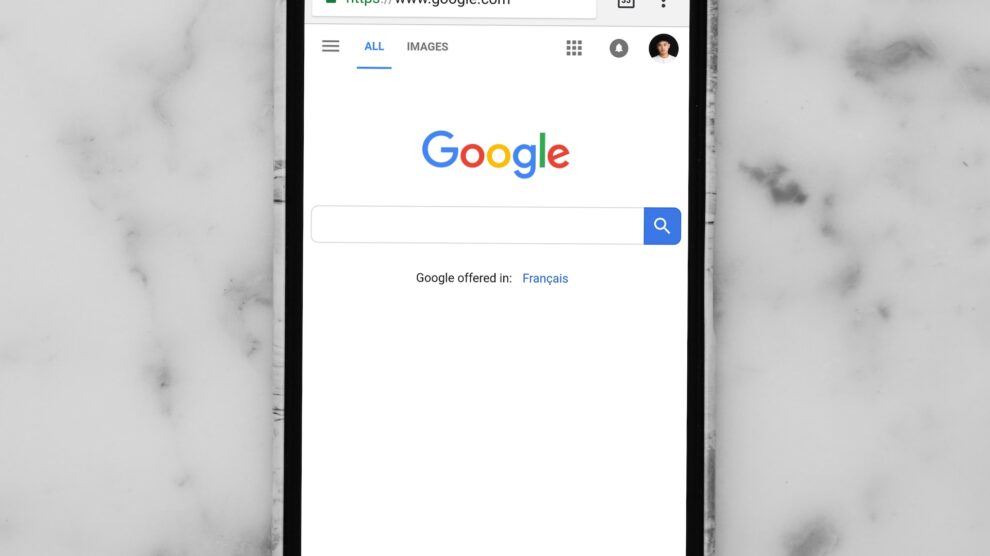Expected to reach half a billion mobile subscribers in 2021, the African mobile market is currently one of the fastest-growing in the world. Sub-Saharan Africa will have more than 130 million new mobile subscribers by 2025, half of which will come from just five markets: Nigeria, Ethiopia, DRC, Tanzania and Kenya.
Limited Access Limiting Mobile Consumer Opportunities
While internet usage and access are continuing to grow in the region, mobile internet access is limited. According to a recent report from GSMA, 49% of the population in the region remains unconnected to mobile Internet despite living in areas covered by a mobile broadband network.
A large majority of African consumers are not able to access video content on their phones because current platforms in the region are not adapted to local market realities, such as a lack of mobile broadband coverage and affordability.
While video content platforms do exist, the technology fails to take into account costly mobile data plans and limited bandwidth access. The cost of an entry-level, internet-enabled device is equivalent to nearly 400% of the monthly income of the poorest fifth of the population.
Locally, relevant content is hard to find and monetize, and infrastructure is still behind in development across the region, making data too expensive for the masses. Additionally, digital is still new for the average consumer and advertisers, making it an adaptable, evolving market.
Many mobile consumers in the African market are not equipped with the technology and data requirements needed to stream content, including news, education and entertainment. The limited streaming opportunities also limit the capacity for fans to have access to their favorite content creators, artists, and shows.
Innovating and Adapting Technology to Reach Users
Innovative and emerging technology is solving the challenges that have previously limited the African mobile market by presenting new opportunities for distributing and monetizing quality mobile content and entertainment.
One example is by leveraging technology that can deliver content via text message through a web-app, and partnering with mobile operators across the continent, digital content providers can create a funnel for delivering content to all handsets on the market, not just high-end devices.
Access to stream data content is included in the consumer subscription and subsidized, essentially making data consumption free to users. This platform is also equipped with a myriad of features for gamification and opportunities for upselling content, goods and services. This also presents future opportunities for advertisers, creators, and marketers to reach and monetize new audiences.
Introducing a Platform to Meet Market Needs
Adapting technology to provide mobile Subscription Video On Demand (SVOD) allows for digital content distribution at an affordable price point to underserved markets such as Africa.
By incorporating the capabilities of a Video On Demand platform, like Netflix, with that of a social media platform, such as Snapchat, streaming content can be both engaging and entertaining for consumers. In the African region, revenue in the Video Streaming SVOD segment is projected to reach $203 million this year.
Depending on the country, the SVoD technology either uses SMS or USSD code, to help the user to subscribe and then directly bills the user who pays an affordable subscription daily or weekly fee (micro-billing) from their airtime balance via direct carrier billing (DCB).
Subscribers simply choose from daily, weekly, or monthly plans and opt-in to their favorite channels. After opting in, they receive a daily notification with a link that streams the video without having to pay for data to use the service. Mobile users are able to subscribe to a variety of content, including sports, music, food, entertainment, religion and more.
The growing market of mobile users in Africa, combined with affordability, access to the internet and data for streaming on mobile devices, presents opportunities for digital content providers. By adapting technology to fill the market gap and working with the current infrastructure, consumers can access their favorite content. Additionally, content creators, advertisers and marketers now have expanded access to subscribers.





